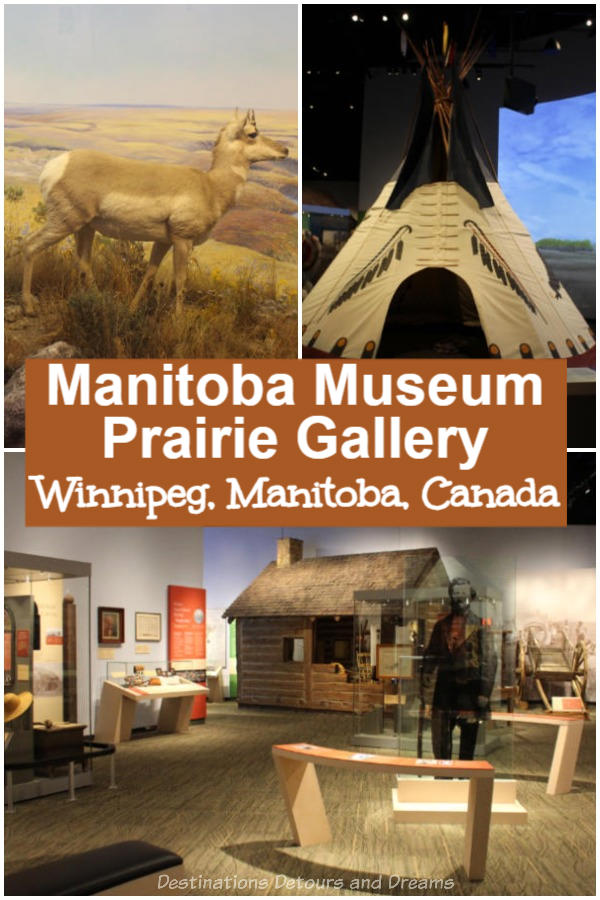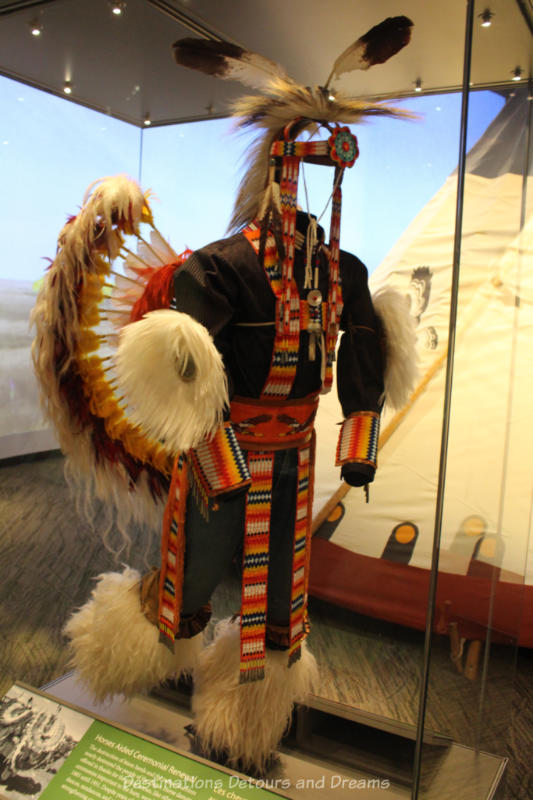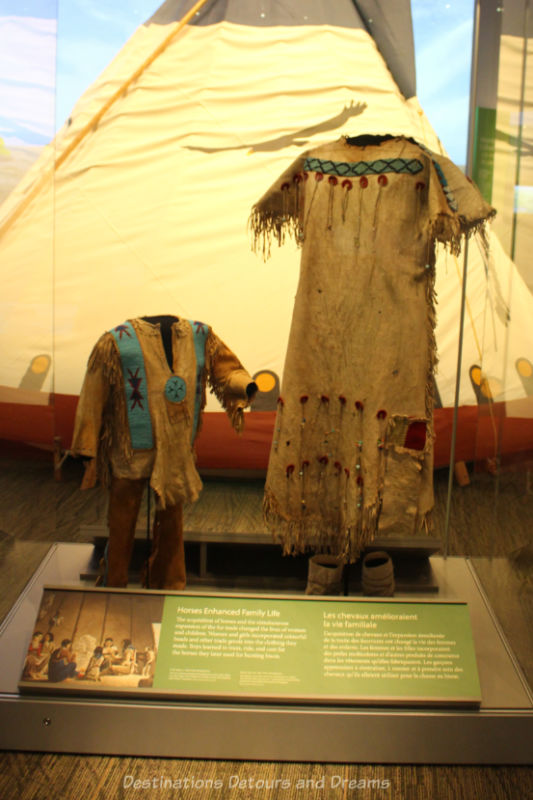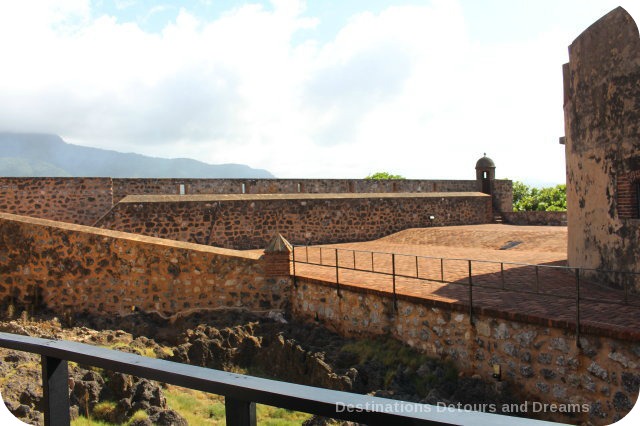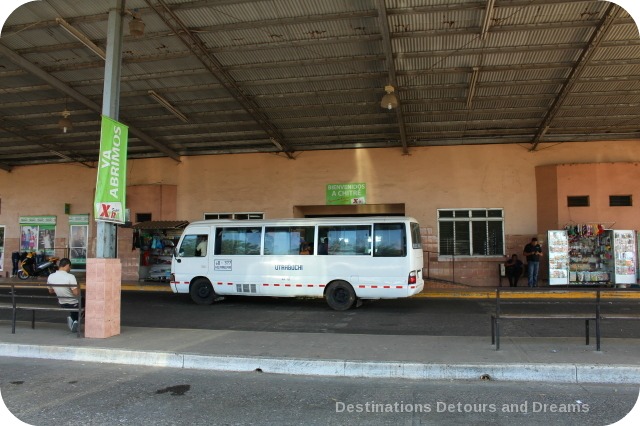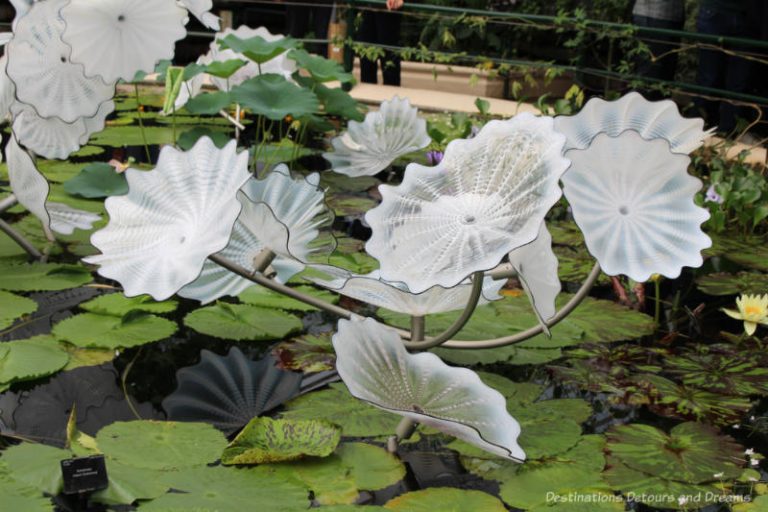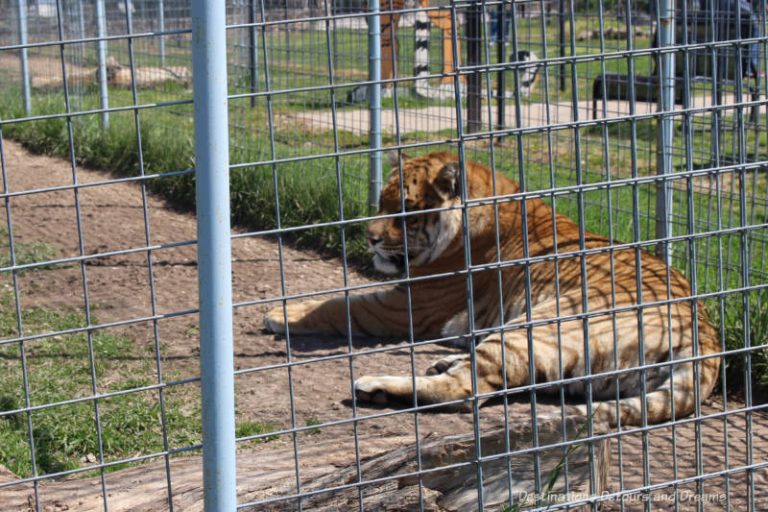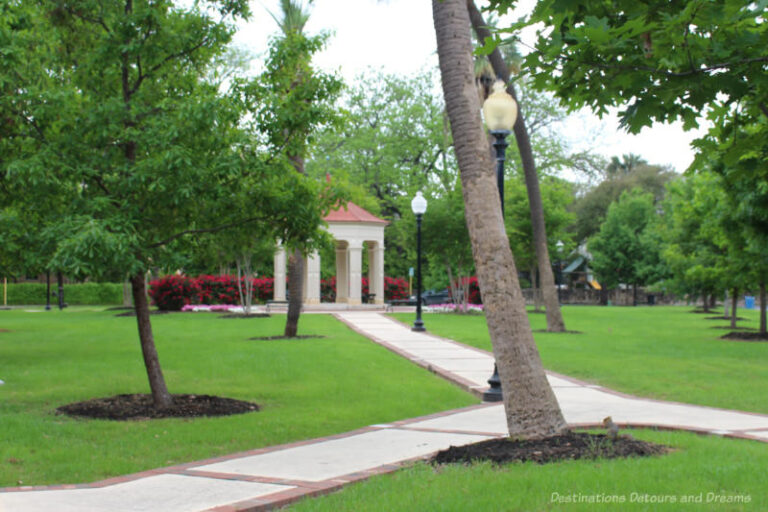Manitoba Museum Prairies Gallery
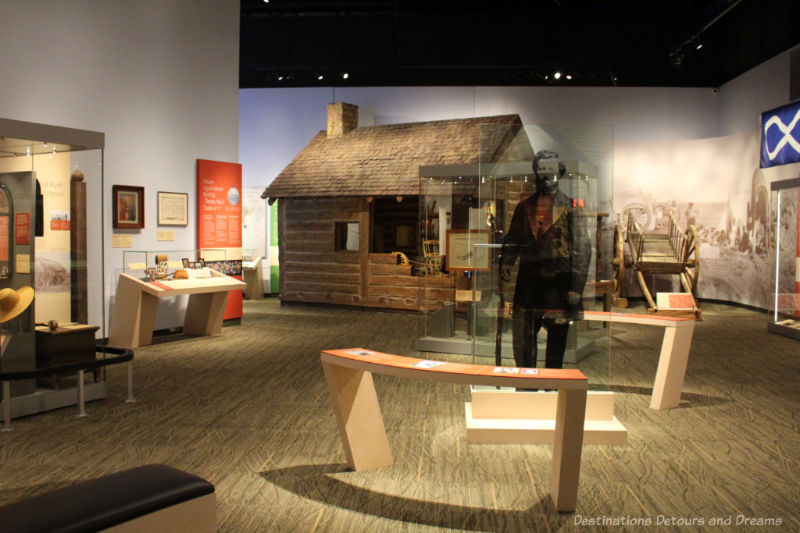
A look at the new Prairies Gallery at the Manitoba Museum in Winnipeg, Manitoba, Canada
The Prairies Gallery opened April 8, 2021 at the Manitoba Museum in Winnipeg, Manitoba, Canada. The museum features all the biomes within Manitoba. This gallery focuses on the prairie in southern Manitoba, the smallest and most densely populated biome in the province.
The gallery is visually appealing with an open feel befitting the openness of the prairie landscape.
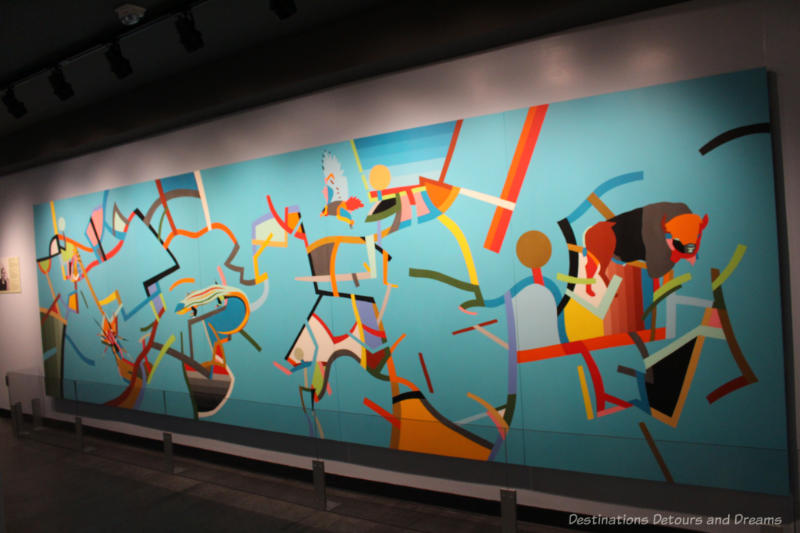
The Rhythmic Movement in the Grasslands artwork by Dee Barsy welcomes you into the gallery. It is a reminder that all life in interconnected and that much is beyond our perception. It features abstracted representations of grassland fauna in an alternate dimension of the Manitoba prairies.
There will be a few familiar elements in the gallery for those who’ve visited the museum and the former Grasslands gallery in the past, although the stories have been updated and enhanced. Things like the Pronghorn diorama, the tipi, the Red River cart, and the Red River cabin. There are also new features and displays.
Manitoba’s prairie is renowned for its flatness, but there are also large river valleys, pothole lakes, and low hills. The gallery highlights specially adapted plant and animal species that have made it their home. Wild prairie is now the most endangered major ecosystem on earth.
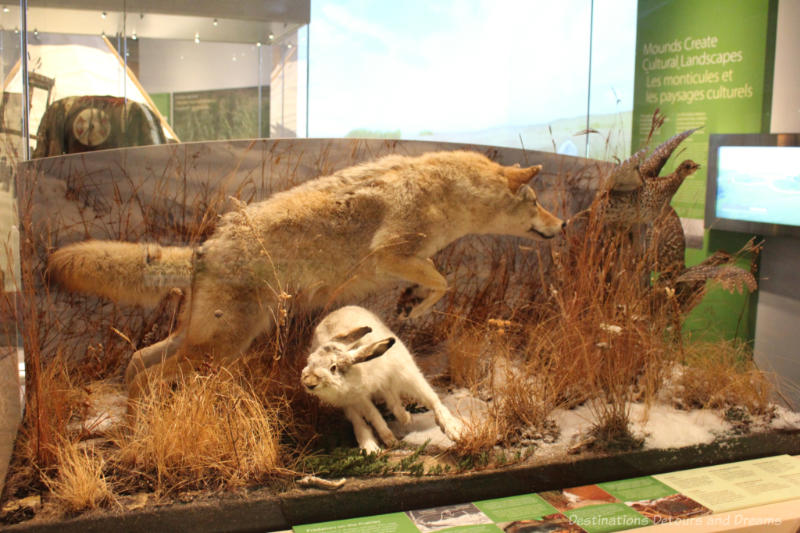
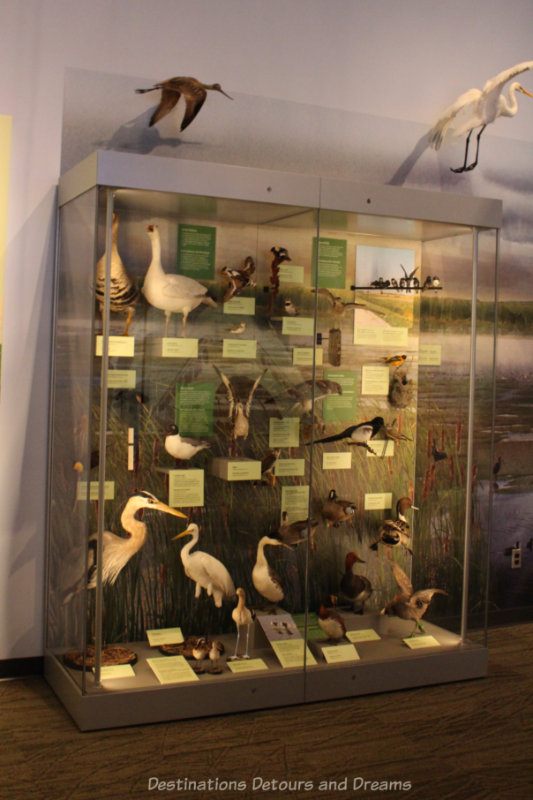
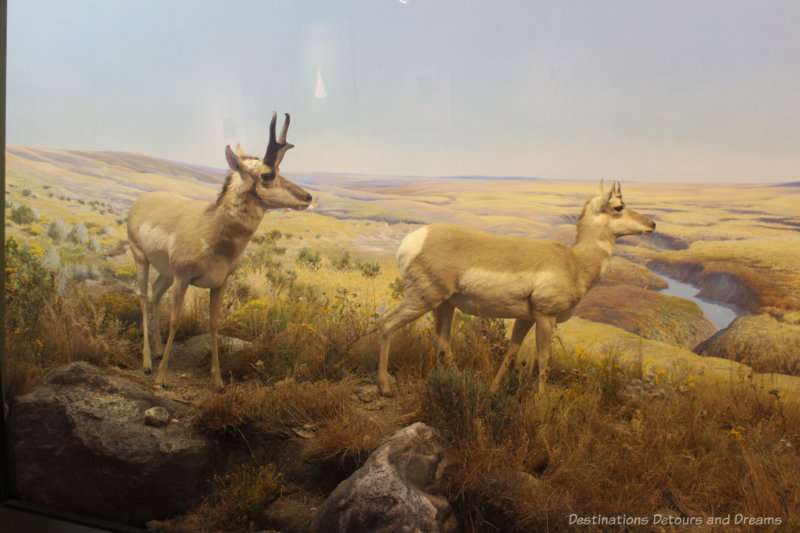
The pronghorn is the lone survivor of several related species that lived on the prairies before the last ice Age. They were not common in Manitoba, although elsewhere their numbers rivaled those of bison. Habitat loss and hunting almost made them extinct. Numbers have rebounded with conservation efforts but they have not returned to Manitoba except as infrequent wanderers.
Exhibits also showcase human history on the prairies and their interaction with the land. Displays highlight Indigenous culture and history. You’ll find information about Treaty 1, the agreement for sharing the land in southern Manitoba. It is listed as “the first Treaty to be made, the first Treaty to be broken.”
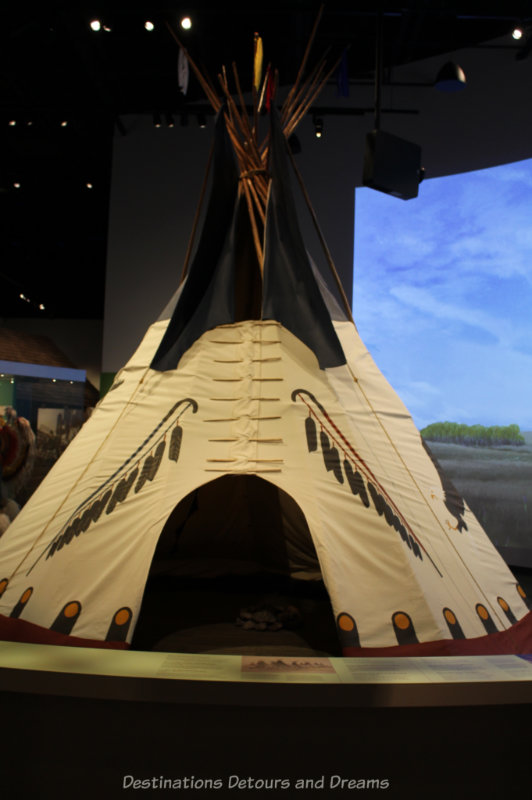
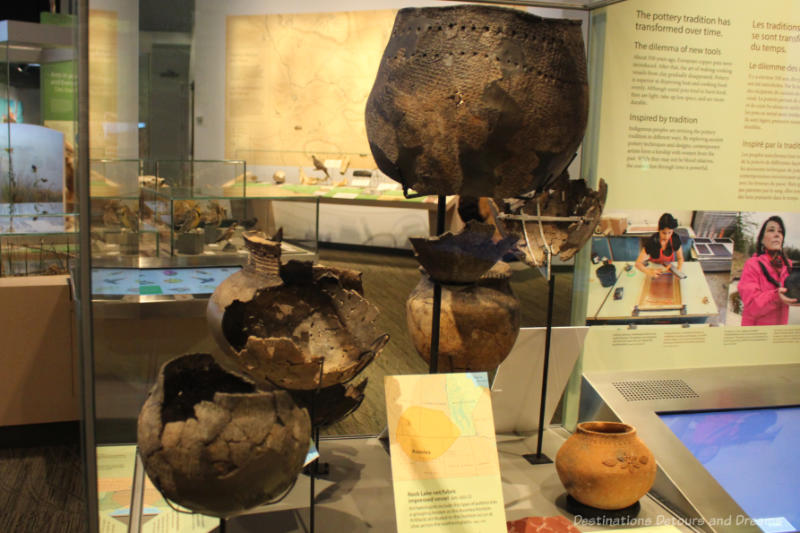
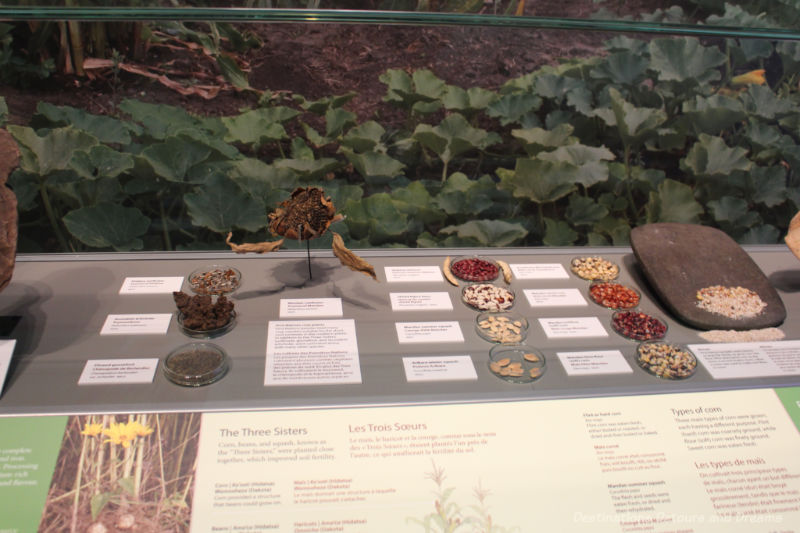
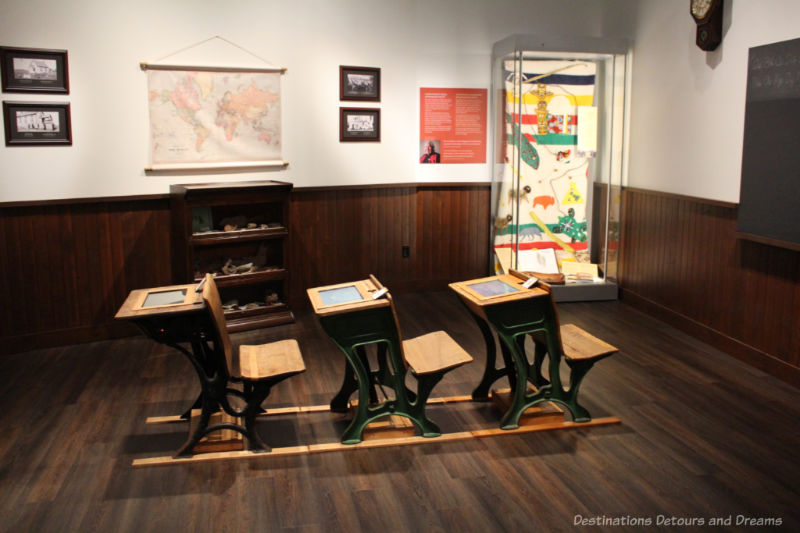
A kiosk in the Prairies Gallery Schoolhouse exhibit contains information about the history and legacy of the residential school system’s forced separation of Indigenous children from their families, culture, and identity.
Settlement history is also depicted with information on the Red River Settlers, their way of life, and the Manitoba land rush after treaties were made. There are displays about Louis Riel and the Red River Resistance, prairie suffrage, and prairie agriculture.
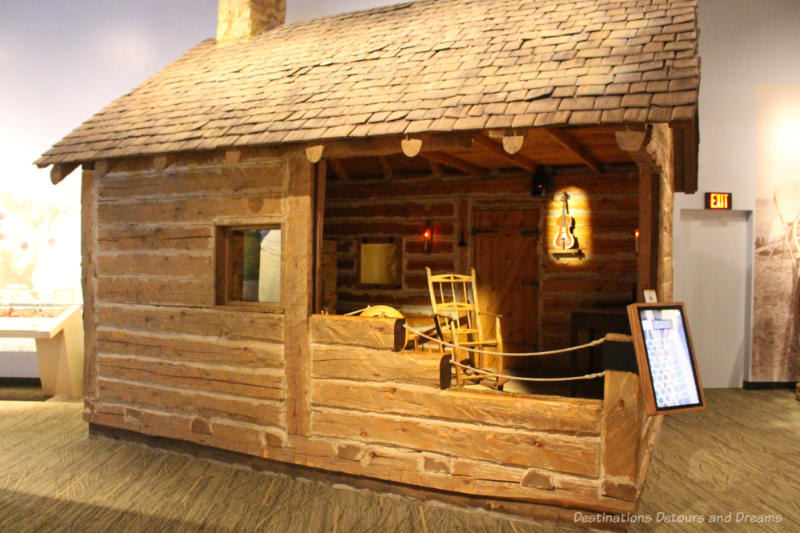
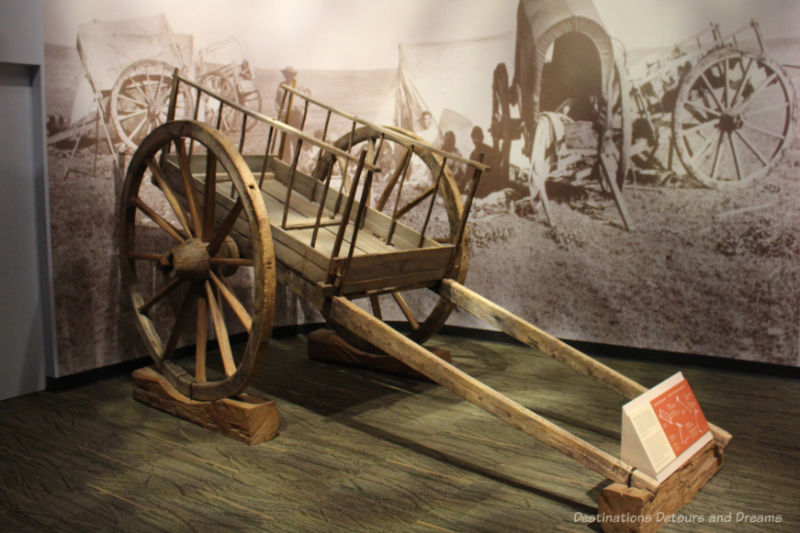
Red River carts were used by Metís people on the Prairies from the mid- to late-1800s to carry loads across distances. They were made entirely of wood and tied together with leather, sinew, or rope. They were easily repaired and could be drawn through mud and marsh.
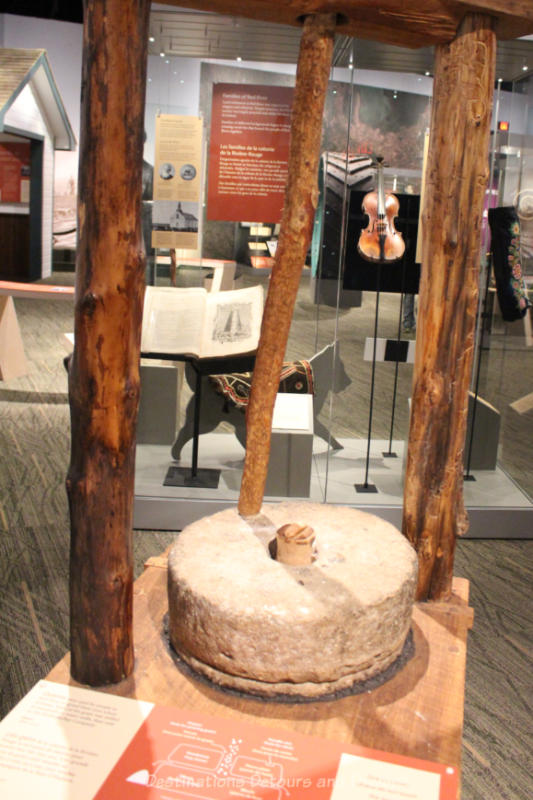
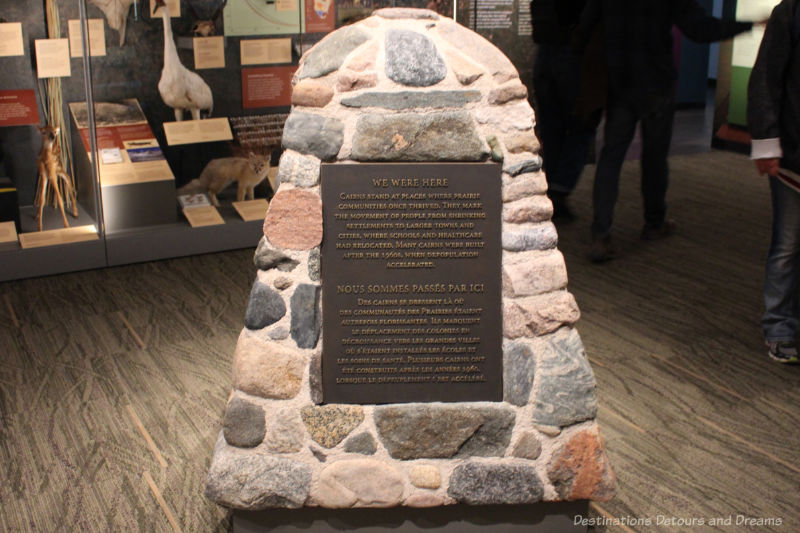
If you want to read more about the museum and its other galleries, read my post Man and Nature In Manitoba Museum Galleries. I have updated it to include information about the Prairies Gallery as well as the information about the other galleries.
Never miss a story. Sign up for Destinations Detours and Dreams free monthly e-newsletter and receive behind-the-scenes information and sneak peeks ahead.
PIN IT
